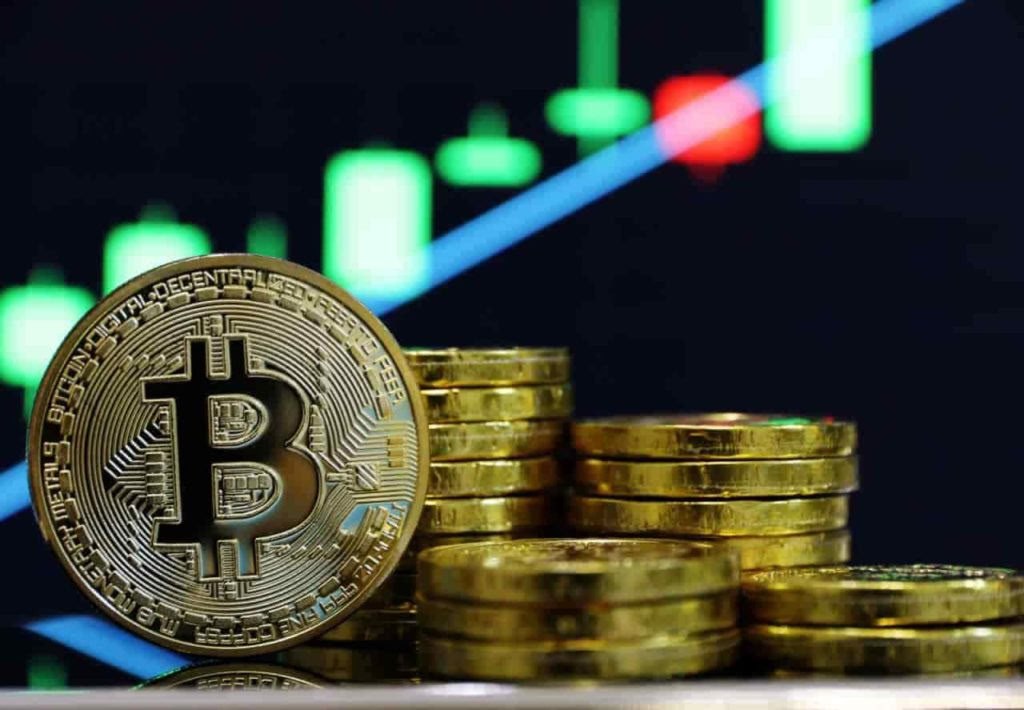In the ever-evolving world of cryptocurrencies, Bitcoin (BTC) continues to capture the attention of investors and analysts alike. Despite recent fluctuations, many experts maintain a cautiously optimistic outlook on its potential, attributing recent downturns to wider economic factors rather than intrinsic issues within the cryptocurrency market. As we dive into this analysis, we’ll explore how broader economic trends could affect Bitcoin’s trajectory and examine the potential impact of upcoming market events.
Analyzing Bitcoin’s Market Dynamics Amid Economic Shifts
Bitcoin’s impressive consolidation above $80,000 comes during a time when global stock markets are facing significant volatility. A noted cryptocurrency analyst, known by the pseudonym PlanB, shared his insights on the current market conditions, suggesting that Bitcoin’s price movements are more closely tied to global economic factors than internal cryptocurrency dynamics. Specifically, uncertainties surrounding the economic policies of former U.S. President Donald Trump have played a key role in influencing investor sentiment.
Bitcoin’s Correlation with Broader Market Trends
PlanB argues that Bitcoin’s performance this month will largely depend on how financial markets, particularly the S&P 500, react to ongoing economic uncertainties. Despite the turmoil, Bitcoin has showcased remarkable stability compared to traditional equities, which have been significantly impacted by fears related to tariff policies.
According to PlanB, a rebound in the S&P 500 could propel Bitcoin beyond the $100,000 mark, with the potential to reach $300,000, aligning with trends in gold prices and his renowned stock-to-flow (S2F) model. However, he cautions that while historical data supports this possibility, it remains speculative and not guaranteed.
Examining the Post-Halving Impact on Bitcoin
PlanB also anticipates that Bitcoin will benefit from the post-halving momentum, propelling it into a broad bullish cycle. His stock-to-flow model suggests that Bitcoin is currently in the “greed phase,” similar to the periods following the 2013, 2017, and 2021 halvings, all of which saw significant price surges.
Looking forward, PlanB expects the 2024 bull market to remain robust, with the possibility of market euphoria later in the year. He emphasizes that most investors are currently experiencing profits, which contributes to a healthy, bullish sentiment in the market. The stock-to-flow model projects an average price of $500,000 for Bitcoin during the 2024 to 2028 cycle, with possibilities ranging from $250,000 to $1 million—rendering a $300,000 price point entirely feasible.
Current Bitcoin Price Landscape
At the time of this analysis, Bitcoin is trading at $81,558, reflecting a 1.5% correction in the last 24 hours and a 1.15% decline over the week. Technical indicators reveal that Bitcoin is below its 50-day and 200-day simple moving averages, suggesting short- to mid-term weaknesses. The 14-day relative strength index (RSI) stands at 45.26, indicating a neutral market position without strong bullish momentum.
Frequently Asked Questions
Is Bitcoin’s Price Affected by External Economic Policies?
Yes, Bitcoin’s price can be influenced by external economic policies, such as tariffs or other international trade regulations. These factors can affect investor confidence and market dynamics, influencing cryptocurrency valuations.
What is the Stock-to-Flow Model?
The stock-to-flow model is a popular method for predicting the price of Bitcoin. It considers the rate of production (flow) relative to existing supply (stock) to provide long-term price forecasts. This model has historically aligned with major Bitcoin rallies.
Why is April Historically Strong for Bitcoin?
April has historically been strong for Bitcoin due in part to seasonal market trends and the anticipation of future halvings, which have historically led to bullish momentum.
How Does the Performance of the S&P 500 Impact Bitcoin?
The S&P 500’s performance can impact Bitcoin as both markets often share investor sentiments. A bullish stock market can lead to increased risk appetite, benefiting Bitcoin and other cryptocurrencies.

